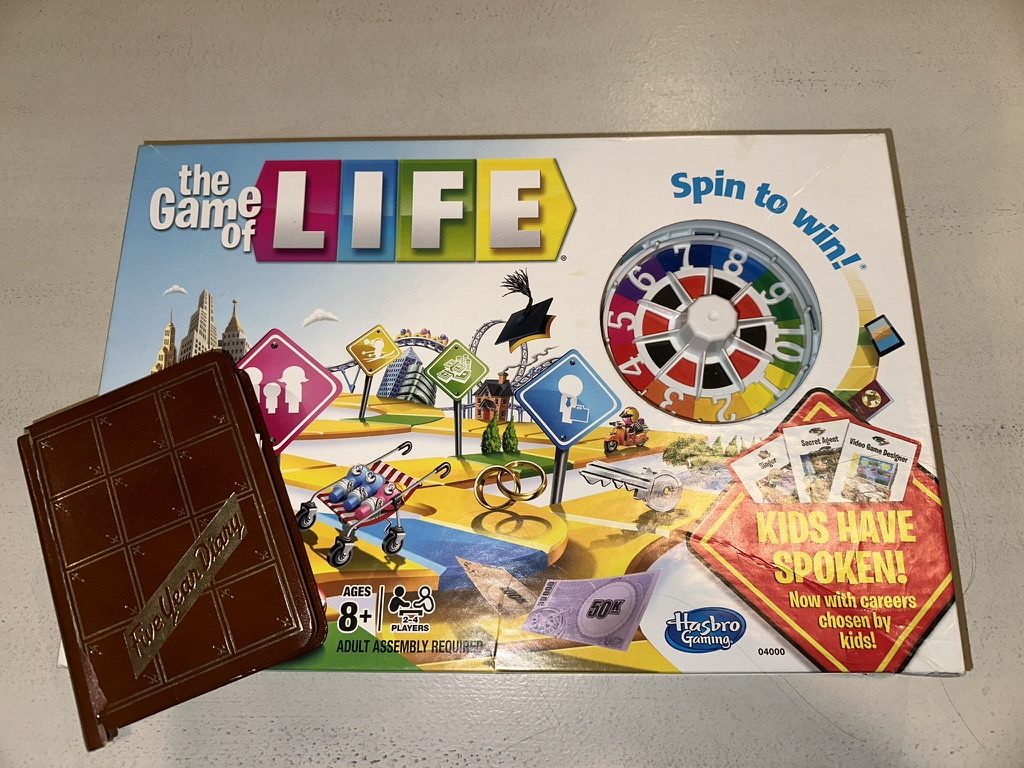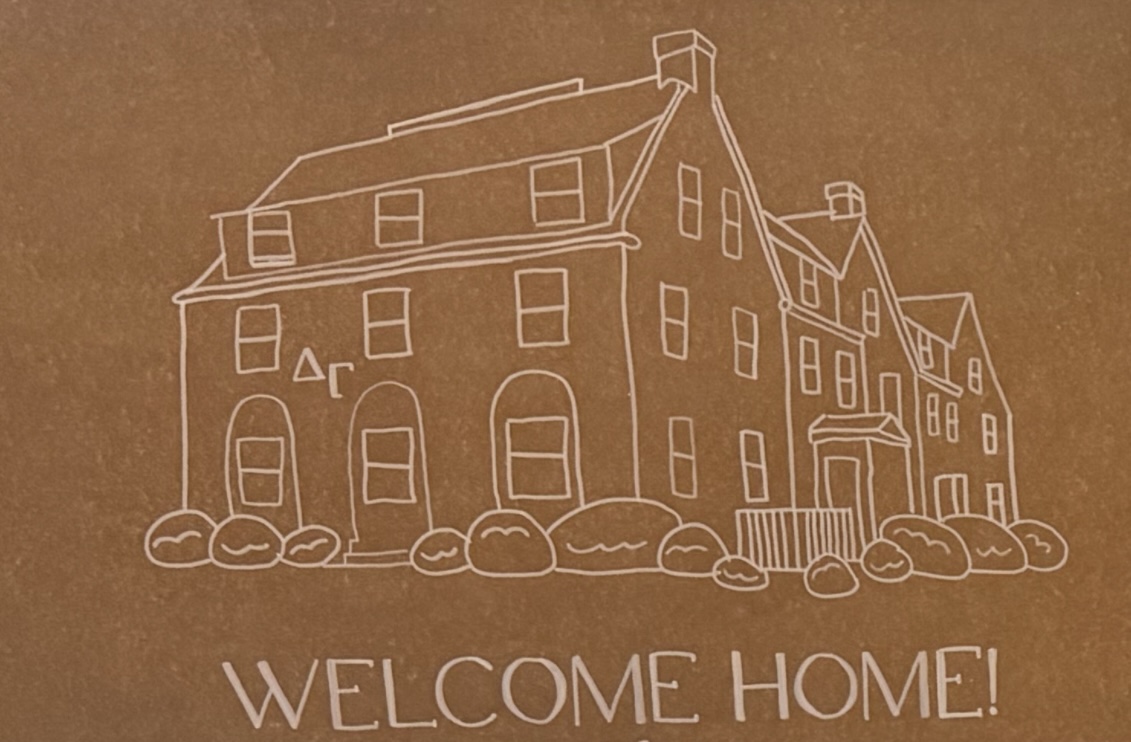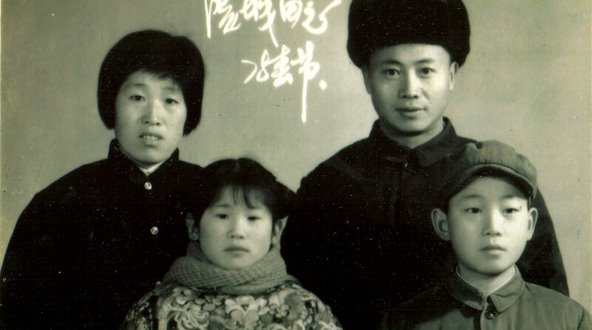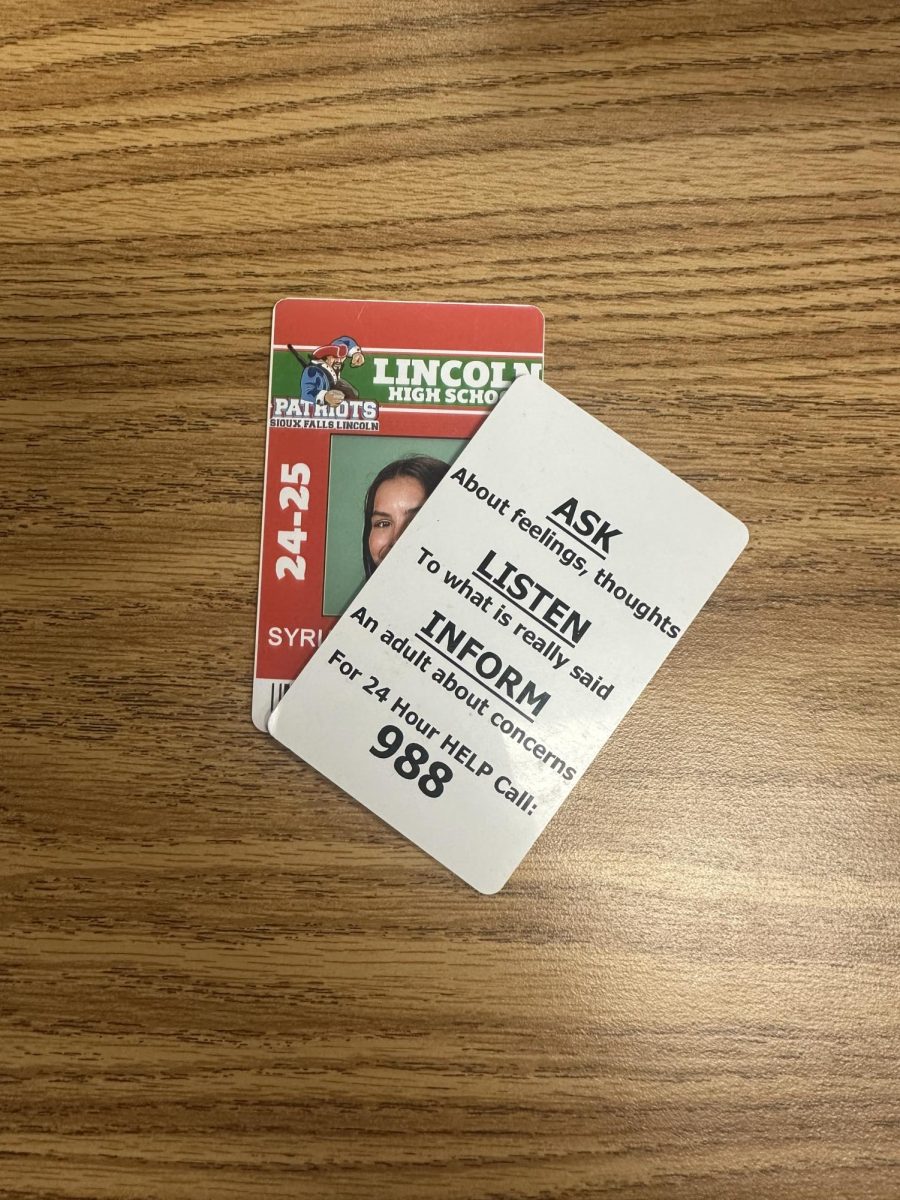Graduate high school, attend college, earn a professional job. This represents the traditional roadmap of success in the U.S., ingrained in students at a young age, notably through the boardgame, The Game of Life. It involves each player going through the several traditional stages of life attempting to accumulate the most money: career or college, marriage, family, buying a home, work and retirement. It emphasizes the traditional route to success in American culture; yet, in recent years, an increasing number of students have strayed from the conventional roadmap by taking a gap year in between their schooling.
Within a gap year students can participate in a myriad of activities to learn more about themselves and gain real world experience. It is advantageous for students undecided on a major or future career, along with students overwhelmed and burnt-out from high school. Through taking a year to reflect, they are better equipped for their futures, and stand out on college admission applications.
“Typically, students use this time to travel, work or volunteer and figure out what they want to study when they do eventually go to college, experts say. Some students may be experiencing burnout and are taking a break to focus on their mental health,” said Cole Claybourn, a writer for US News and World Report. “A gap year is a way for those students to rebrand themselves and stand out among other applicants.”
Not only do gap years improve students’ college applications, they also provide undeniable benefits in improving mental health and clarity on students’ character on a deeper level. Through vast experiences with people from different cultures and backgrounds, gap year students can travel, work, volunteer or take internships to improve their social skills and connections, along with providing a greater understanding and empathy for others.
According to a study performed by the National Gap Association, “98% [of students who took a gap year] said their year had helped them develop as a person, 96% found it increased their self-confidence, and 93% agreed that it had increased their communications skills. Robust majorities also reported that their gap year helped them acquire skills to be successful in their careers, develop a greater understanding of other cultures, and made them see themselves as global citizens,” said Student Conservation Association.
Despite gap years involving students taking a year off of schooling, studies have proven they increase students’ academic performances. The real world experiences, clarity on future goals and break from the stress of school, allows students to return to education empowered rather than defeated.
“According to a study of GPA results by Robert Clagett, the former Dean of Admissions at Middlebury College, gap-year students tended to outperform in college by 0.1 to 0.4 on a 4.0 scale, with the positive effects lasting over the entire four years,” said Student Conservation Association.
The benefits of gap years are undeniable, yet students are often hesitant to pursue one, due to the heavy financial burden. Luckily, as gap years rise in popularity, so does financial aid for lower class students. For instance, at FSU they have installed a financial aid program for students taking gap years.
“At Florida State University, all students who apply for a gap-year deferment are automatically considered for financial assistance to fund their activities. Financial aid options are critical in order for gap years to not become the exclusive domain of those who can afford to take them,” said Student Conservation Association.
There are several other nonprofit organizations that also aid students in pursuing gap year endeavors. Notably, Gap Year Association, a nonprofit that provides financial aid and opportunities for students wanting to take a gap year, and AmeriCorps, which provides service based opportunities, provide students seeking gap years with abundant aid and resources.
“The Gap Year Association, which accredits numerous programs, lists experiences with a focus on ecology, animal welfare and conservation, language studies, coding, cultural immersion and a variety of other topics,” said Cole Claybourn, a writer for US News and World Report. “Another option is AmeriCorps, which offers a number of service programs throughout the country for those 18 or older. Students who participate are eligible for benefits such as a living allowance and an education award that can be used to pay off loans or put toward future tuition.”
Experts recommend students considering a gap year still apply for college during their senior year of high school, as they are provided with ample support staff during this time. Additionally, students should wait to inform colleges of their decision to take a gap year until they have been accepted and are confident in their decision.
“If students are considering a gap year, they should go through the college application process as a high school senior as if they’re planning to attend right away, rather than waiting to apply during the gap year. It’s much easier to complete college applications when students are still in school and have the help of counselors and teachers, says Colleen Paparella, founder of DC College Counseling,” said Cole Claybourn, a writer for US News and World Report.
Ultimately, gap years provide students with clarity on their future and once in a lifetime opportunities to learn about themselves, improve social skills and connections, help others and improve individual mental health. While it may stray from the conventional roadmap of life, gap years fill the gap in self awareness and confidence.










